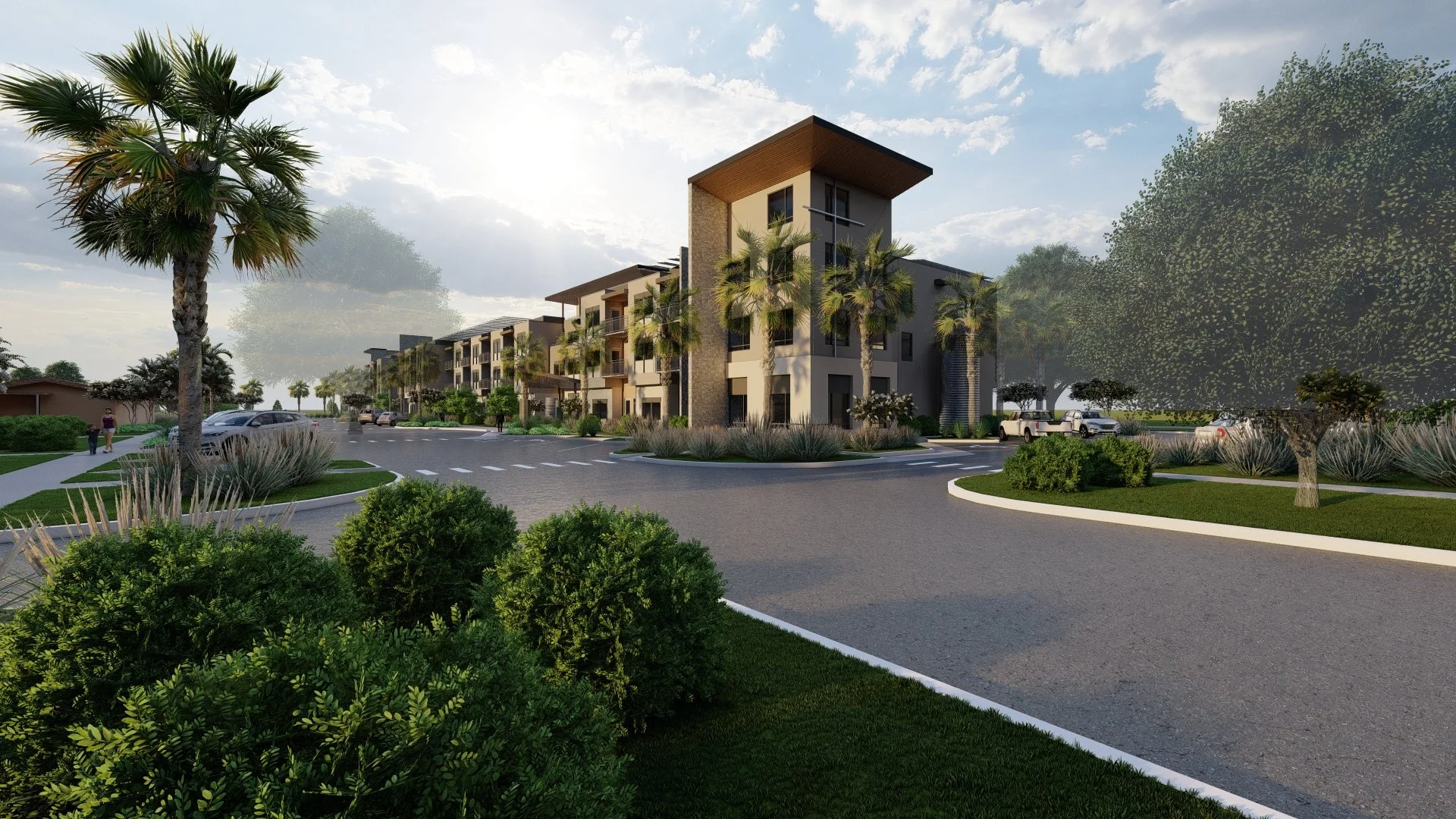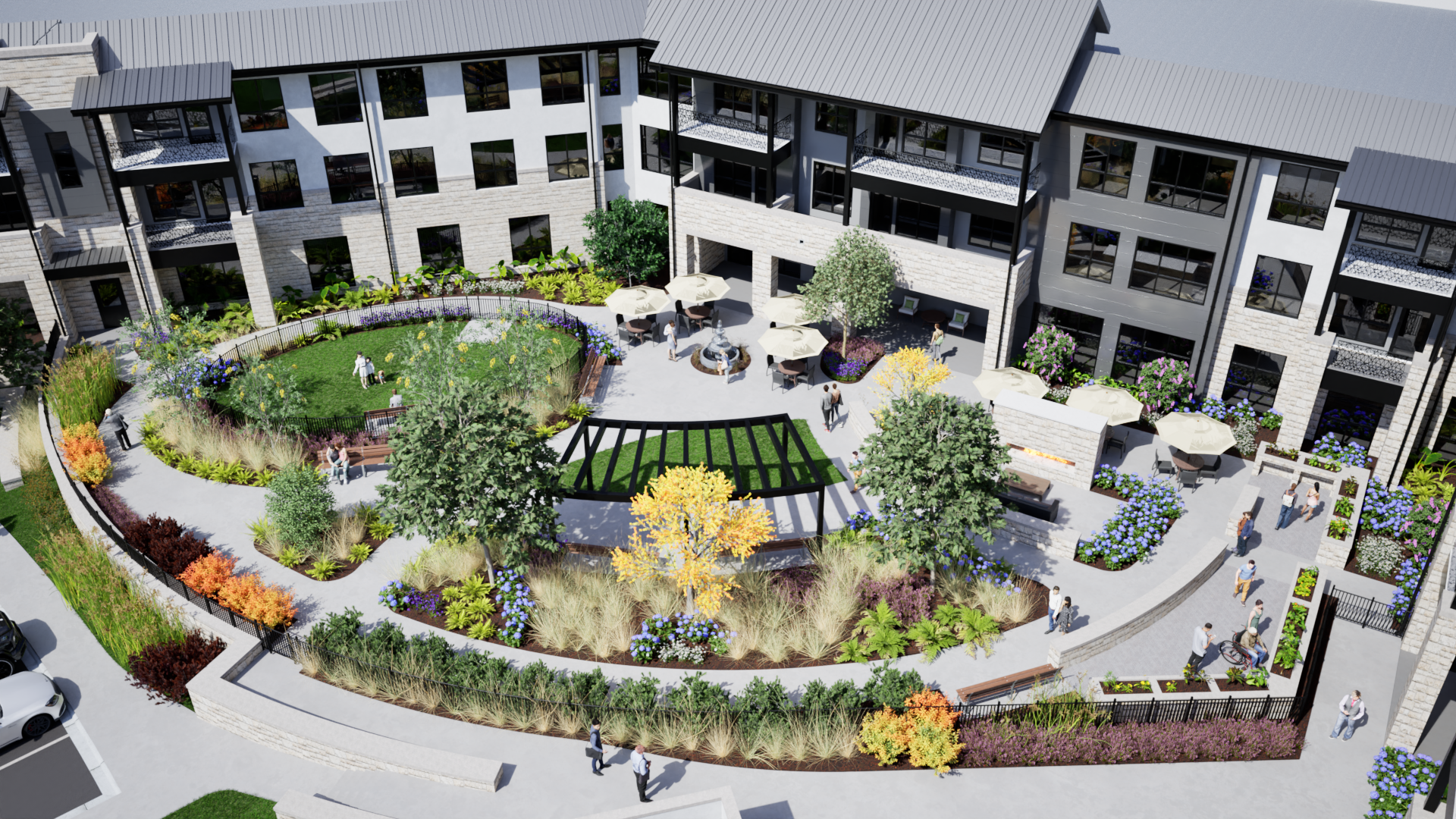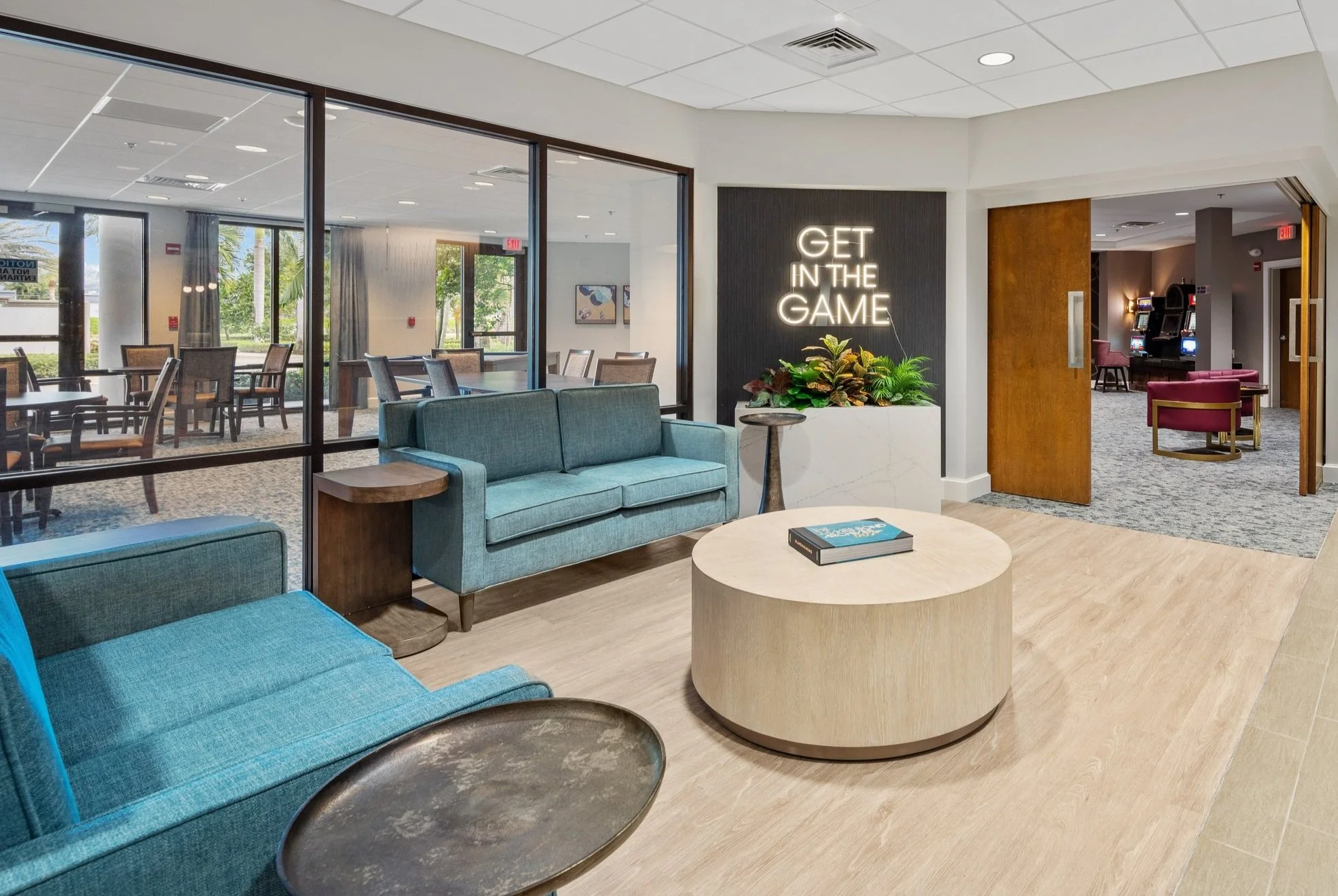Affordable Housing Can Be Profitable
Let’s face it. The need for middle-market senior housing is real and growing. Initial independent living costs an average of $4,126 or more per month, putting it out of reach for many lower- and middle-class Americans. According to the U.S. Department of Housing and Urban Development (HUD), about one-third of individuals over age 50 pay more than 30% of their income for housing, which makes them “rent burdened.” Not only does this make it difficult for them to save for the future, including health care needs, but it also places many at risk for homelessness and increases burdens on families who support or care for older relatives.
Currently, only about 50,000 new affordable housing units are built in the U.S. every year, mostly due to small federal subsidies. However, there are some ways builders can help meet the need for affordable housing while maintaining some profitability. “Most buildings cost about the same amount to build from a space standpoint? It’s the finishes and amenities that drive up costs,” said Darren Azdell. However, it is possible to provide middle-market communities that are profitable but don’t look or feel like bare-bones, low-end living.
Here are 5 tips:
1. Purchase older, higher-end buildings/communities in need of refurbishing. Instead of updating these buildings for a high-end market, consider lower-cost renovations, such as creating smaller units, using carpeting or vinyl flooring instead of hardwood, and modest ample and efficient kitchens and bathrooms.” You can create nicer environments and lower income entry points with facilities that are slightly older and renovated with more cost-effective amenities,” said Azdell.
2. Get tax credits. Azdell said, “It’s time to turn towards affordable properties because they don't necessarily follow the bond market. You can build affordable housing and get tax credits, which is an entirely different financing mechanism and serves as an incentive for all the people who do senior living to switch gears when the economy is slower.”
3. Hire an architect who understands affordable housing. “They can help you develop a new project affordably without degrading the experience for residents. Experienced architects can also be adaptable and help balance the needs of residents and building and maintenance costs,” said Azdell.
4. Think community-based instead of destination-based. While higher-end senior living communities are in popular, in-demand areas such as at the beach or in downtown or trendy neighborhoods, middle-market customers often want or are satisfied to stay in the neighborhood they came from. As a result, you may be able to build in areas with lower taxes and expenses related to property costs, etc. This is attractive to many seniors; Azdell explained, “It’s not just about the convenience of the grocery stores they've always shopped at, but it's that social network that is so important to those individuals and their families.” Affordable housing can go on a smaller site, as little as two acres.
5. Consider the value of integration and diversity. It may be possible and even desirable to put middle-market housing adjacent to high-end buildings. “We can build in 10% affordable housing right in with the $1,000,000 condos. This could energize communities and create a varied and rich social experience for residents and their families,” suggested Azdell. He noted that while there may be some concerns that middle market housing will lower the property values of a community, there is no definitive evidence of that. New construction has been shown to improve property values.
Talk Numbers
“We know some retirees don’t have the money to stay in high-end senior living resorts, however, they still require senior housing. They can’t afford all the bells and whistles, and they may not need or even expect them,” said Azdell, adding, “They want something this affordable and comfortable.”
The numbers make it clear that the affordability of senior housing is an issue that won’t go away:
Only 13% of adults aged 75 and older living alone across 97 US metro areas can afford assisted living without tapping into their assets, and only 14% can afford the services of a daily home health aide on top of that, according to the Joint Center for Housing Studies.
Older renters have just 2% of the wealth of older homeowners. According to Harvard University, average housing equity is only $251,000. Half of older adults pay more than 50% of their income for housing, and this number is rising.
According to the Bipartisan Policy Center, heads of households with people 80 and older have a median income of $25,000 annually, and nearly one in four have an income of $15,000 or less.
Even many older adults who can afford more are interested in middle-market senior housing. Azdell noted, “They don’t want to spend all their money on housing; they want to leave something for their kids and grandkids. At the same time, they may be more interested in the quality of their experiences, such as opportunities to engage and socialize with a variety of people, volunteer, work or mentor, and enjoy safety and simple comforts.”
Pi Architects brings together a unique blend of expertise in senior community design with innovative approaches to affordable housing. By leveraging this dual experience, Pi Architects assists communities wanting to introduce affordable housing options while maintaining high design standards. This approach enables senior living communities to effectively broaden and diversify the seniors they serve.
Pi Architects | Contact us here or call us at 512-231-1910.






